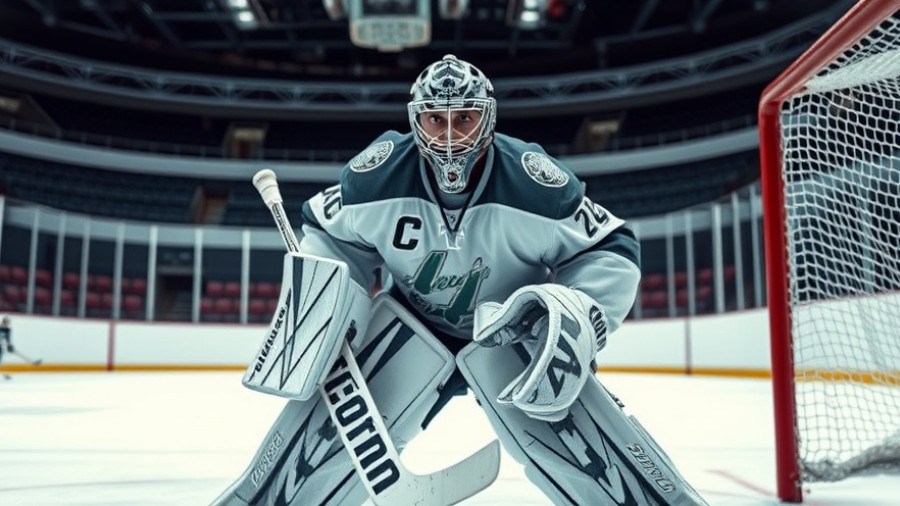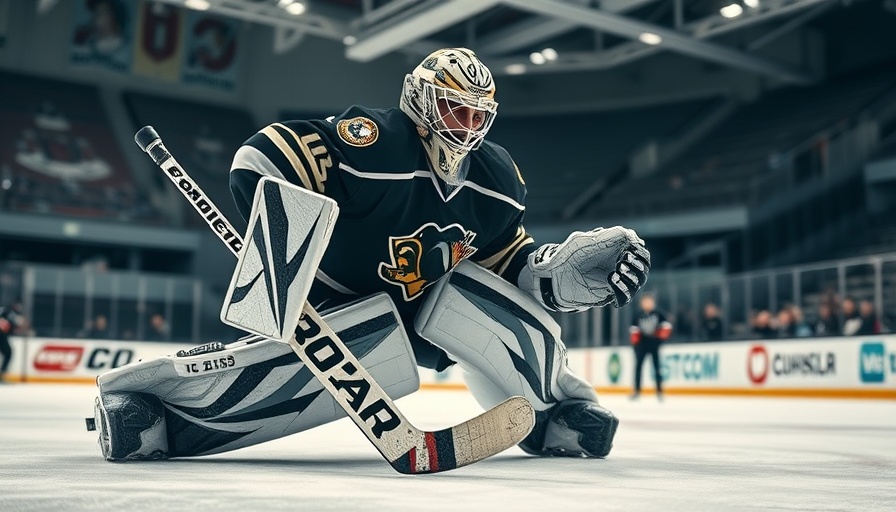
The Excitement and Challenges of the Rebound World Series
The inaugural Rebound World Series just kicked off with Game One, showcasing not only talented players but also the unique challenges that come with this fast-paced game. This spring league has caught the attention of goalies, coaches, and fans, drawing them into the strategic battles unfolding on the ice.
In 'Rebound World Series: Game One,' the discussion dives into the thrilling dynamics of youth hockey, exploring key insights that sparked deeper analysis on our end.
Understanding the Game Structure
In the Rebound World Series, teams are vying for dominance in a best-of-three series format. This means each game has significant implications for advancement. The rules are simple but strategic, emphasizing teamwork and skill in passing and shooting. A unique twist is the one pass rule per save – ensuring that proper defensive strategies are in place as they aim to prevent goals while maximizing scoring opportunities.
The Role of Goalies in Rebound Strategy
Goalies play a pivotal role in shaping the outcome of matches. Every save provides a critical moment to reposition and communicate effectively with teammates, emphasizing goalie-centric strategies for effective rebounds. Coaches focus on honing their goalie's ability to read plays, anticipate shooter moves, and execute saves while managing the rebound cycle. The excitement of a save can quickly change the momentum, as expertly illustrated in the recent game where goaltenders were crucial in keeping scores competitive.
The Emotional Underpinnings of Competition
Beyond skills and strategies, the Rebound World Series reveals the emotional stakes involved in youth sports. Parents and players alike experience a whirlwind of feelings, from frustration over missed opportunities to exhilaration when successful plays are made. Coaches often remind players to maintain composure, urging them to “dial it in,” a phrase that resonated throughout Game One, reminding everyone of the profound connection between emotional management and performance on ice.
Future Trends in Goalie Training and Performance
As the league evolves, trends in training will likely shift to focus on goalie performance metrics, biomechanics, and the socio-economic factors impacting their development. This may inspire a new generation of drills focused on rebound control, positioning, and mental resilience—an important consideration that can elevate a goaltender's effectiveness in tight games.
The motion of shooters and the absorbed energy of rebounds dictate much of these training techniques. By incorporating innovations in gear and training methods, goalies can enhance not only their physical skills but also their emotional intelligence, leading to better performance under pressure.
Actionable Insights for Aspiring Goalies
For aspiring goalies and their coaches, developing a robust training regime focused on rebound play is essential. It’s important to integrate drills that simulate game conditions—practicing how to react to rebounds efficiently while communicating with teammates. Emphasis on teamwork not only improves individual performance but also bolsters team unity and effectiveness. By utilizing the feedback from every game and refining strategies, goalies will be better equipped for future challenges.
If you want to keep up with the latest trends in goalie training and techniques to succeed like those showcased in the Rebound World Series, start by implementing adjustments in your daily practice, incorporating mindfulness for improved emotional control in-game situations.
 Add
Add 

 Add Row
Add Row 


Write A Comment